Are you planning a trip to Basilan but don’t know where to start? Here’s my Basilan Travel Guide with a sample Basilan Itinerary. With this, I hope to inspire you to discover Basilan’s heritage – HABI (weave), HILOM (wellness) and HALAL (cuisine).
Basilan is often portrayed in the media as a war-stricken place that only a small number of tourists would visit. When I told my parents that I will travel to Basilan, they were cynical. They were probably wondering “why would anyone travel to Basilan, especially during the pandemic?”

I have always been curious about Basilan. So when I was invited by the Tourism Promotions Board (TPB) and Department of Tourism (DOT) to be part of a tourism recovery program, I didn’t hesitate. Along with a small group of bloggers and influencers, I got a first-hand look at the experience of traveling during the pandemic in Basilan. It was an eye-opening experience, to say the least.
Table of Contents
Basilan Travel Guide: Things to Know Before You Go
Culture and Etiquette in Basilan
There are three main ethnolinguistic groups residing in Basilan – the indigenous Yakan, the Tausug of Sulu and the Zamboangueño of Zamboanga (Chavacano). The Yakans and Tausugs are mainly Muslim, while the Chavacano are predominantly Roman Catholic. If this is your first time to travel to a place with a Muslim majority and haven’t done so before, there are some things that you need to consider.
- Dress appropriately. For women, you don’t have to cover your hair but make sure your shoulders and knees are covered. My tip is to bring a pashmina, which you can use to cover your shoulders or upper body when necessary. You can wear a swimsuit on the beach, but you have to cover yourself in all other public places.
- Muslims are prohibited from consuming pork so eating halal is the norm. As with pork, Islamic laws prohibit alcohol, which can make it harder to come by.
- Not everyone is comfortable being photographed so, always ask nicely before taking a picture of them.
- Familiarizing yourself with common greetings will always make a favorable impression. “As-Salam-u-Alaikum,”which means “Peace be with you,” is a common way of greeting.
Is it safe in Basilan?
In terms of safety, a lot has changed in Basilan. In fact, our group didn’t have police and military escorts during the whole duration of the trip. Personally, I never felt unsafe or uncomfortable. I’ve seen in the news about how ‘dangerous’ Basilan is, and yet, the people I met were welcoming and kind.
If you have plans to travel to Basilan, consider reading blogs written by real people who share real-life experiences. You can also join travel groups on Facebook so you can ask locals and other travelers about the current situation.
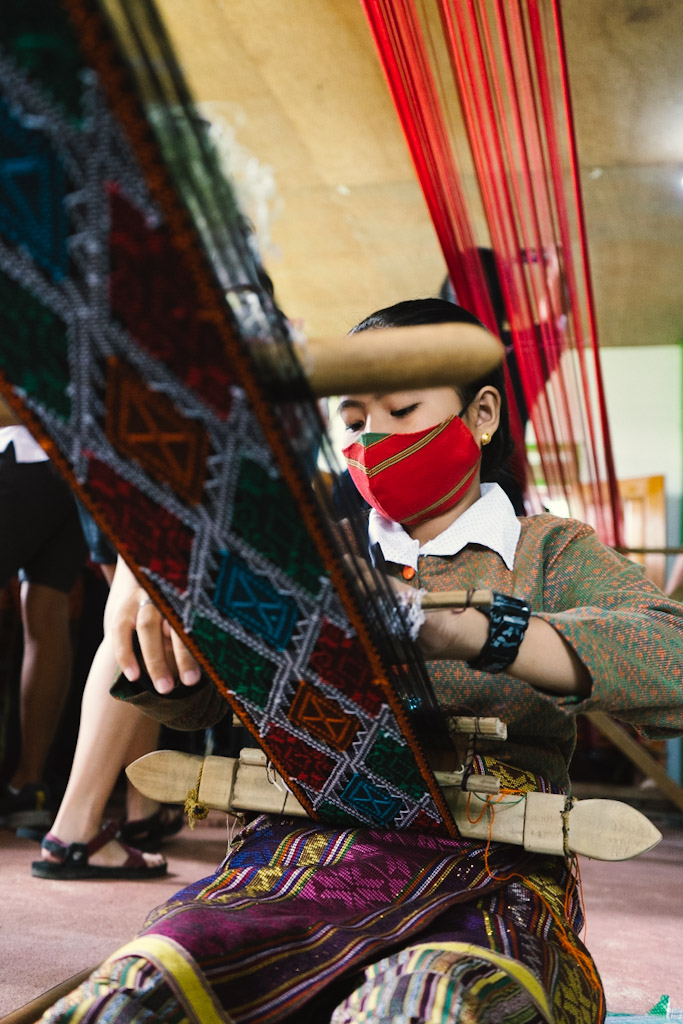
Why Visit Basilan
Basilan is the ultimate backpacking destination and if you are a fan of off-the-beaten adventures, it’s time for you to travel to this place!
Though only a few days, my experience in in Isabela de Basilan and Lamitan City, have given me a brief overview of the wonderful and colorful culture that make up Basilan and its people. Other than its beautiful tourist spots and delicious food, the hospitality of the Basileno is such a breath of fresh air!
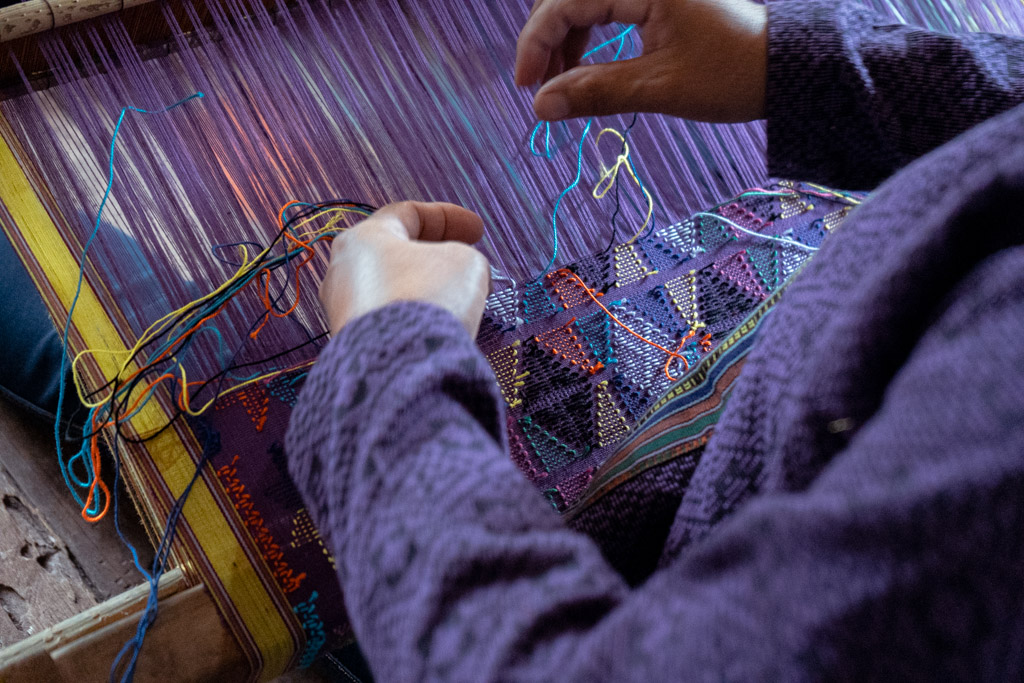
Top 5 Things to See and Do in Isabela de Basilan
Malamawi White Beach
Malamawi White Beach is one of the best beaches in Basilan and has always been the crown jewel of Isabela de Basilan. It is quiet and secluded. No bars, no hordes of other tourists, just the long white beach, turquoise water and you. I have been to a lot of beaches in the Philippines and I can say that Malamawi White Beach is one of the most beautiful beaches I’ve seen.
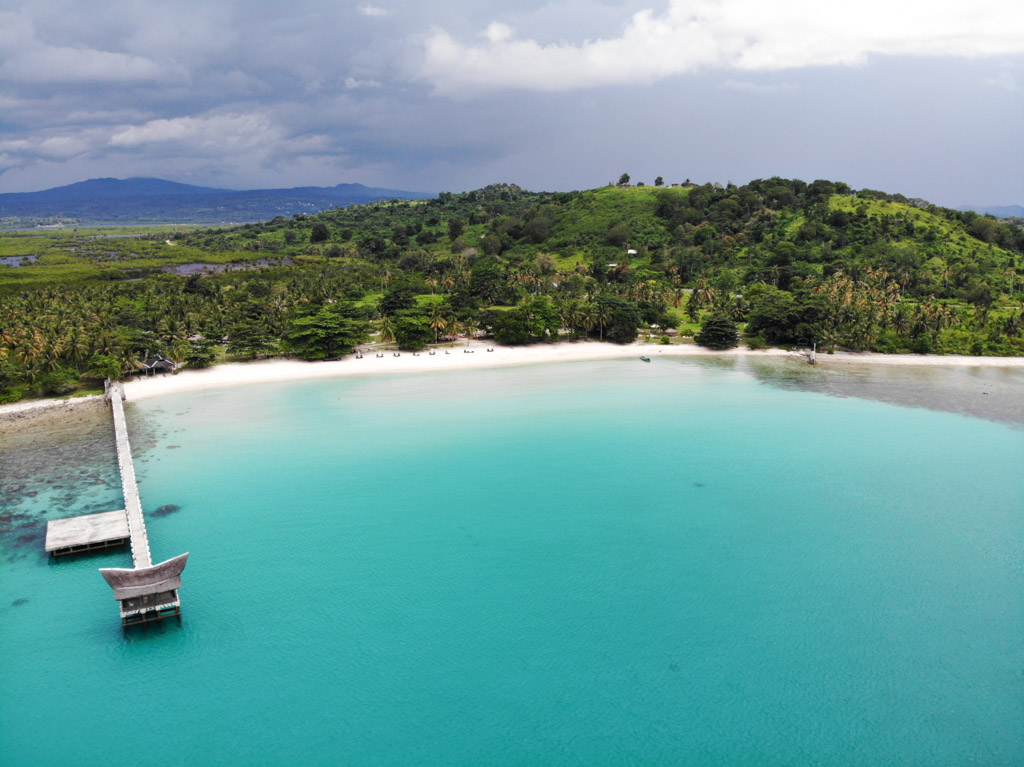
Marang-Marang Mangrove Forest Cruise
Aside from virgin beaches, I was surprised to know that Isabela de Basilan’s got a protected mangrove forest too! As our outrigger-less boat (called Pupet) cruises through the mangroves, we saw colorful houses on stilts, where a small community of Sama-Bajau lives. I was also amazed with the good variety of wildlife which can be found in the forest, including resident and migratory birds and red-eye mangrove crabs known to locals as “kalugmata.”
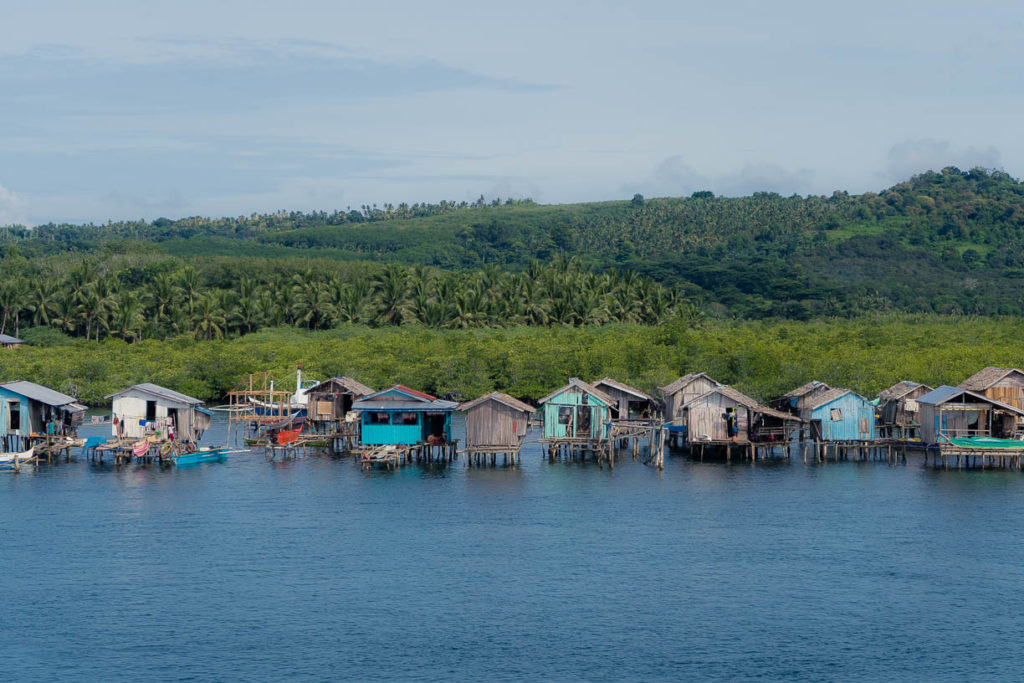
Seafood Feast at Marang-Marang Floating Cottage
Here, we were able sample the best of Sama and Tausug cuisine from the comfort of a floating cottage. I was so delighted when I saw the feast prepared for us by the members of the Women’s Association of Marang de Isabela. They served some of their famous seafood dishes and delicacies like oko-oko (a sea urchin cooked with rice inside it), langka salad, utak-utak, junay, putlih mandi, panyam, lambi shells, imbao shells (halaan), and so much more! According to one of the cooks, all of their ingredients came from their surrounding environment. Trully, nature provides!
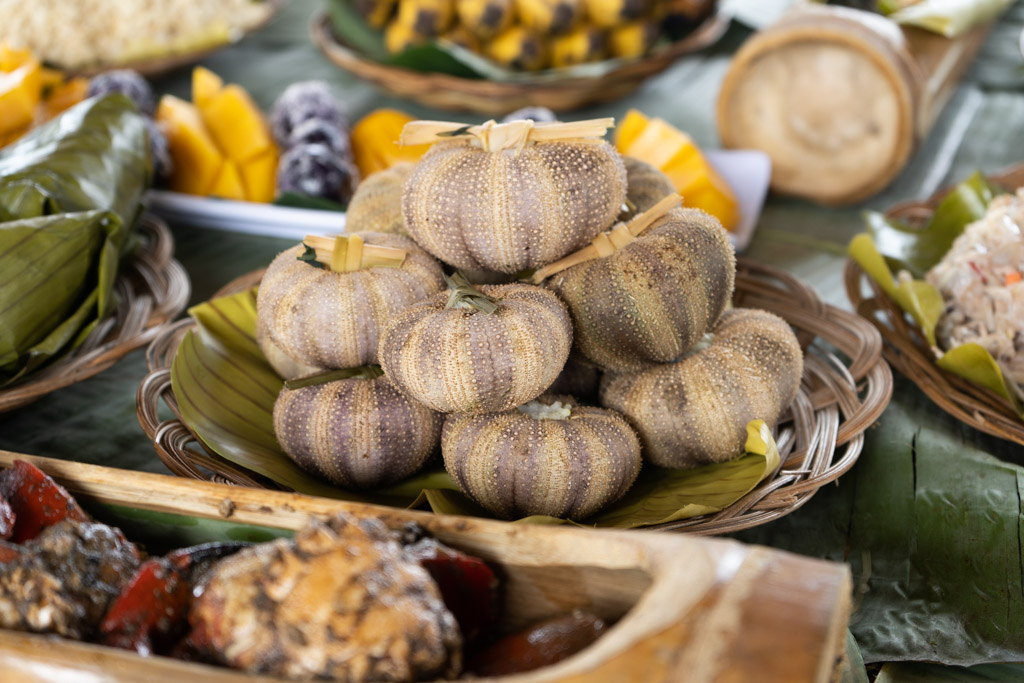



Cabunbata Falls
Cabunbata Falls is one of the most popular attractions in Isabela de Basilan. Located just beside the main highway, this waterfalls is surrounded by rubber trees. Unlike other waterfalls in the Philippines, getting to this falls is super easy and doesn’t require hiking. I told our guide that this is a Tita of Manila friendly waterfalls. Lol!
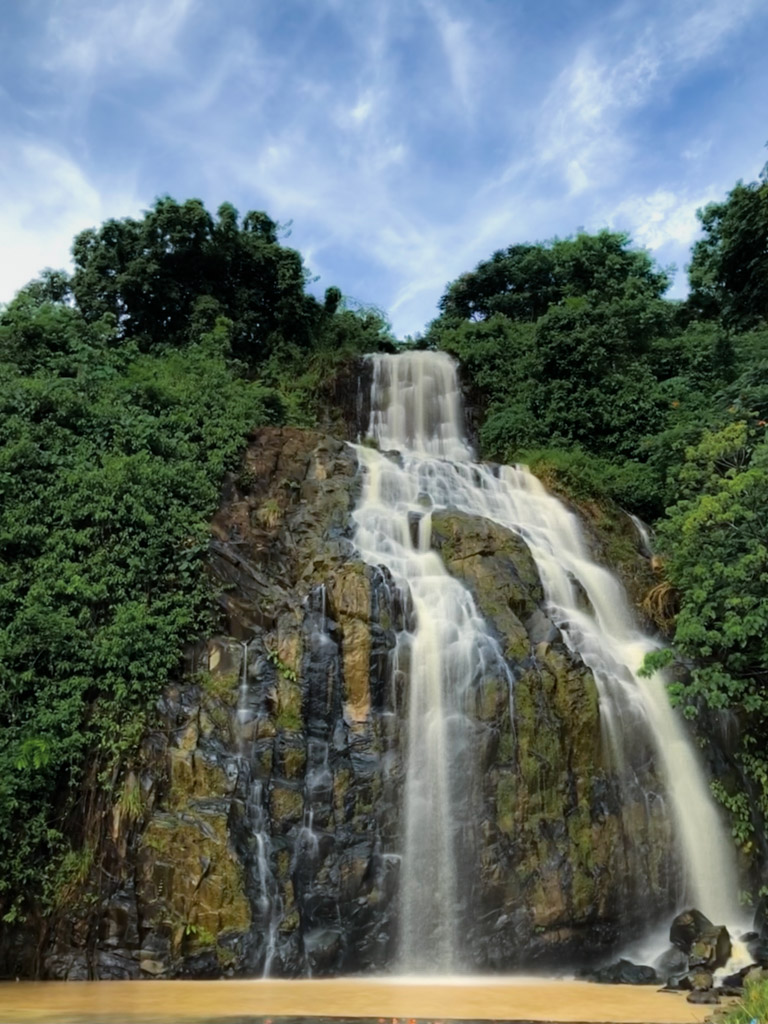
Rubber Tree Plantation
Your trip to Basilan will never be complete without understanding and appreciating rubber. According to our guide, the first rubber tree was planted by Dr. James Walter Strong in Isabela de Basilan in 1904. The rubber was considered as the White Gold of Basilan, which propelled economic growth of the island.
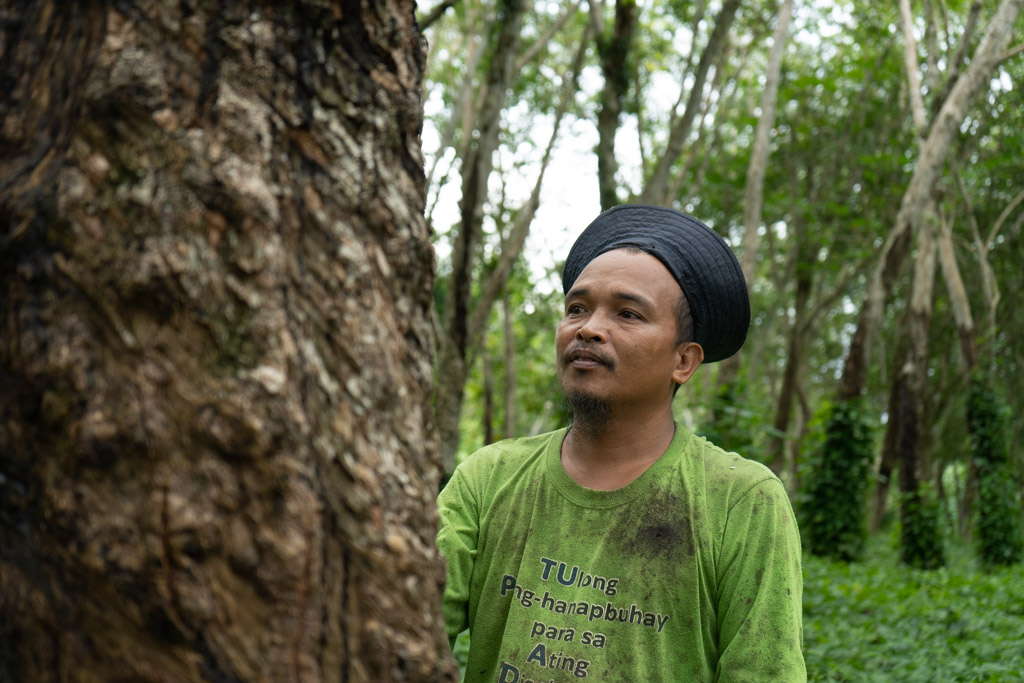
Top 5 Things to See and Do in Lamitan City
Nature Tripping at Bulingan Falls
The dramatic Bulingan Falls is the most popular sight in Lamitan. According to our tour guide, if the weather is great on your visit, you will be delighted to see such clear waters descending down the waterfalls. It rained prior to our visit so the water was muddy but we were blessed to see the raging waters.
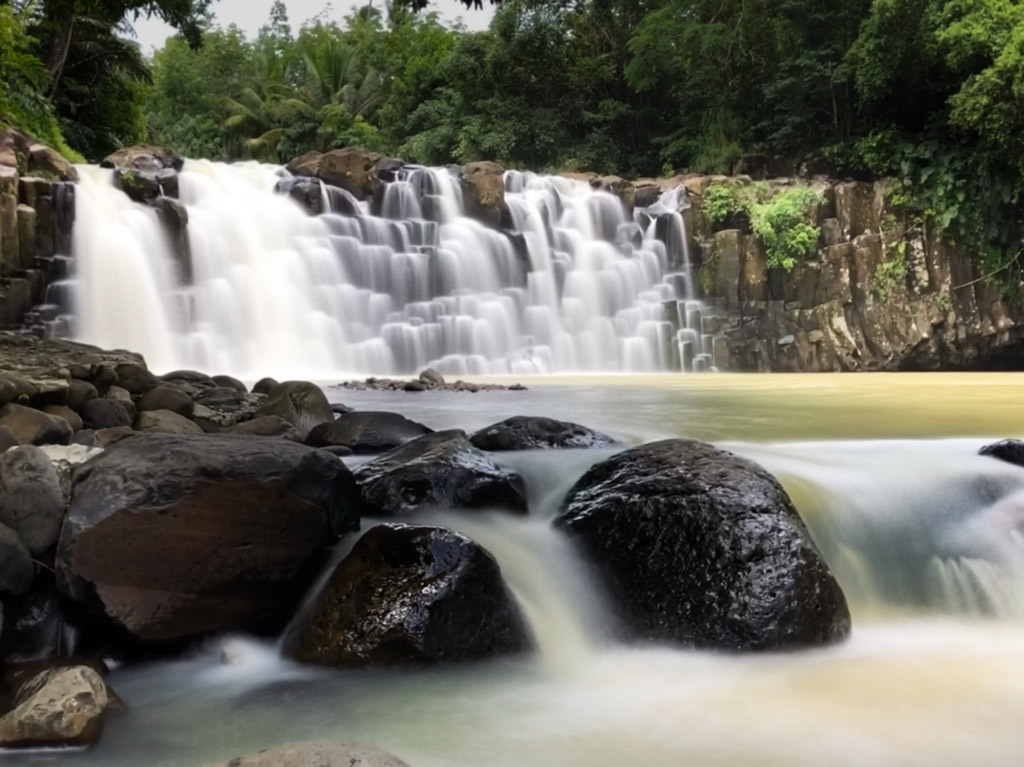
Meet the National Living Treasures of the Yakan People
Meeting Ambalang Ausalin in the GAMABA Weaving Center is definitely one of the highlights of my trip in Basilan. Awarded by the National Commission for Culture and the Arts (NCCA) with the National Living Treasure award in 2017, Apuh Ambalang inherited the skill from her mother, who was the best weaver of her time. She mastered the Yakan weaving process to make Tennun, a fabric that is the traditional textile of the Yakan.

Try traditional Yakan delicacies in Lamitan Oval Market
Our group stopped for a quick tour at the market where Panyam or Panyalam (local pancake) and Jaa or Lokot-lokot (crispy and rolled dessert made from flour and sugar batter) are produced. When in Lamitan City, you should try these Yakan delicacies and buy some as a pasalubong. These delicacies can be re-heated and best paired with a cup of brewed coffee!
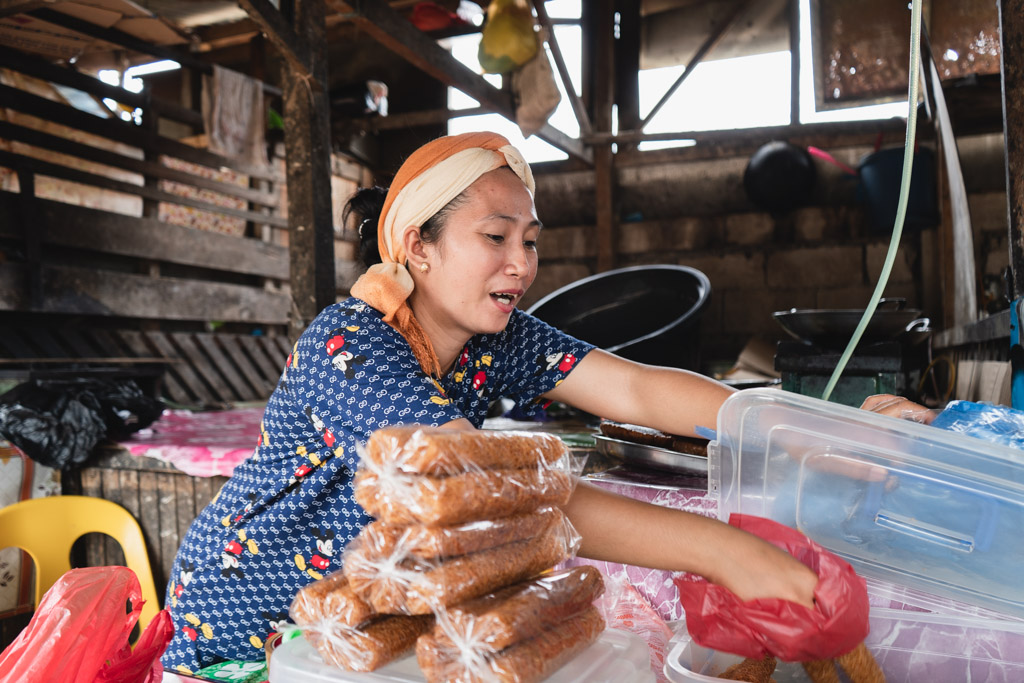

I have to share a little story about this lady in the market. When I went to her stall, she gave me free panyam so I can have a little taste test and have some that I can take home with me. She gave me a lot so I insisted on paying but she said that I can take it for free. According to her, not a lot of people visit their place so she’s very happy to show us their delicacies. I paid for the panyam anyway and left quickly so she couldn’t give back the money lol!
Learn about the history of Lamitan at Lamitan City Library and Museum
Lamitan City Library and Museum, also known as Wee Siu Tuy Memorial Hall, serves as the historical and cultural archive for Lamitan. It was gifted to the city by a local Chinese businessman in 1981. Here, tourists, especially history buffs, will find a lot of reading materials and photographs about Lamitan’s rich history.
Take a selfie at the “I Love Lamitan” sign in Lamitan City Hall
I think nothing says “I’ve been to Lamitan” better than taking a quick photo op in this “I Love Lamitan” sign. This one was our first stop in Lamitan City and I can’t tell you enough how much excitement I felt at that moment.
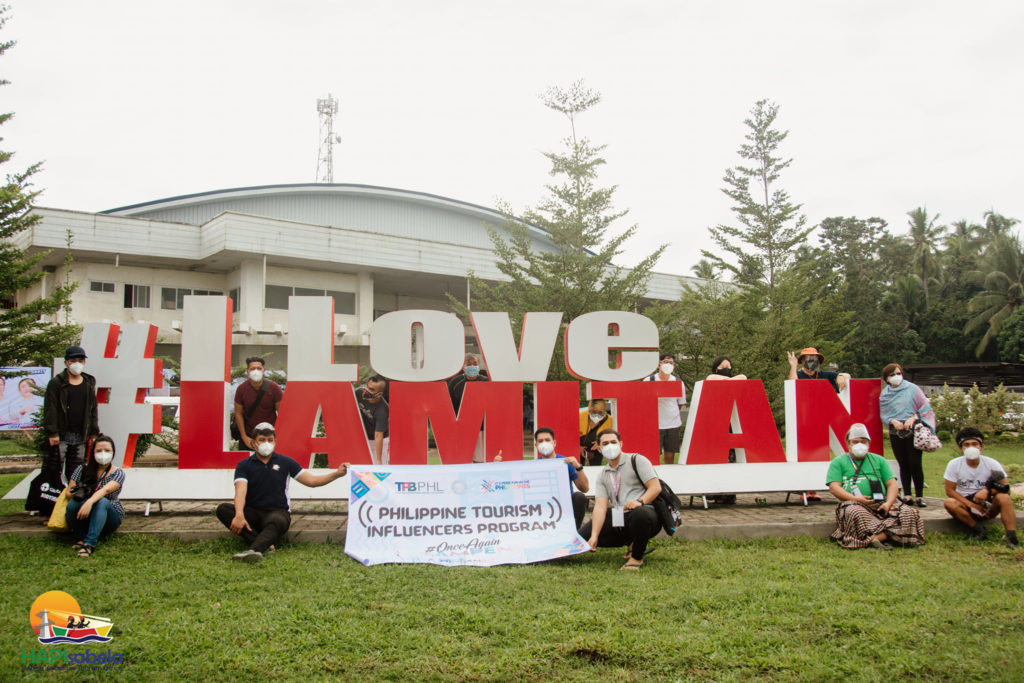
Basilan Sample Itinerary
1st Day (Arrival in Lamitan City)
- Take the earliest RORO/Ferry to Lamitan City from Zamboanga City
- Sample Yakan Delicacies in the market
- Visit Lamitan City Library and Museum
- Shop for Yakan Weave at GAMABA Weaving Center
- Lunch at Bulingan Falls
- Early afternoon at Calugusan Beach
- Travel to Isabela de Basilan
- Check in to your chosen accommodation
2nd Day (Whole Day Isabela de Basilan Tour)
3rd Day (Departure from Isabela de Basilan to Zamboanga City)
Where to book your tours in Basilan?
To get the most of your trip in Basilan, I highly suggest availing a customized tour to ensure that you do not miss any of the must-see attractions. You may get in touch with the following tourism offices for more information:
Lamitan City Tourism Office
Facebook Page: @lamitancitytourism
Isabela de Basilan Tourism Office
Facebook Page: @isabelacitytourism
Email: [email protected]
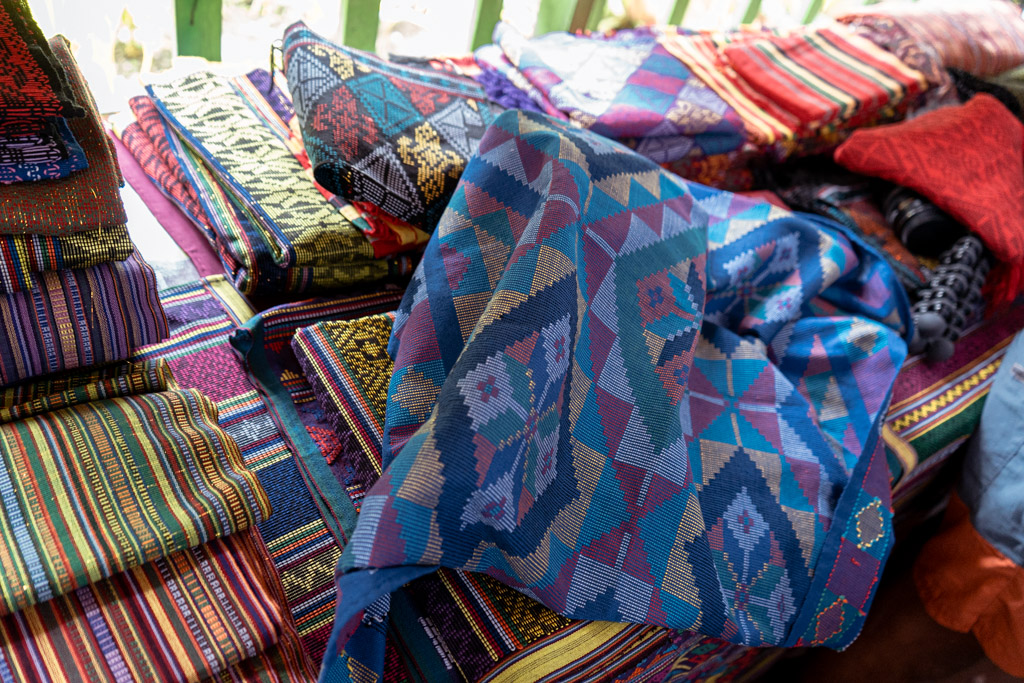
How to get to Basilan
There is no direct connection between Manila and Basilan. From Manila or any other regions in the Philippines, you can take a domestic flight to Zamboanga City. At the airport, take a jeepney or hire a tricycle to Zamboanga City Port. Then, you can take a fast craft or a ferry to Lamitan City or Isabela de Basilan.
via Lamitan City
The estimated travel time between Zamboanga and Lamitan City is around 2 hours. A one-way ticket via Aleson Shipping Lines costs 145.76 pesos.
| Route | Departure | Arrival |
|---|---|---|
| Zamboanga City – Lamitan City, Basilan | 6:45 AM 9:30 AM 12:30 PM 3:00 PM | 8:05 AM 10:45 AM 1:45 PM 4:15 PM |
| Lamitan City, Basilan – Zamboanga City | 7:00 AM 9:30 AM 12:30 PM 3:30 PM | 8:15 AM 10:45 AM 1:45 PM 4:45 PM |
via Isabela de Basilan
The estimated travel time between Zamboanga and Isabela de Basilan is 1 hour and 30 minutes. A one-way ticket to Basilan via Weesam Express fast craft costs 150 for tourist class and 190 pesos for first class (air-conditioned).
| Zamboanga City – Isabela City, Basilan | Isabela City, Basilan – Zamboanga City |
|---|---|
| 6:45 AM 8:25 AM 9:30 AM 10:45 PM 12:45 PM 2:00 PM 3:30 PM 4:45 PM | 8:10 AM 9:30 AM 10:45 AM 12:45 PM 2:00 PM 3:30 PM 4:45 PM |
Alternatively, Aleson Shipping Lines also operates in this route with the following schedule.
| Route | Departure | Arrival |
|---|---|---|
| Zamboanga City – Isabela City, Basilan | 6:30 AM 6:45 AM 9:45 AM 12:00 PM 12:30 PM 3:45 PM | 7:30 AM 8:15 AM 11:00 AM 1:00 PM 2:00 PM 5:00 PM |
| Isabela City, Basilan – Zamboanga City | 6:45 AM 9:00 AM 9:30 AM 12:45 PM 3:15 PM 3:30 PM | 8:00 AM 10:00 AM 11:00 AM 2:00 PM 4:15 PM 5:00 PM |
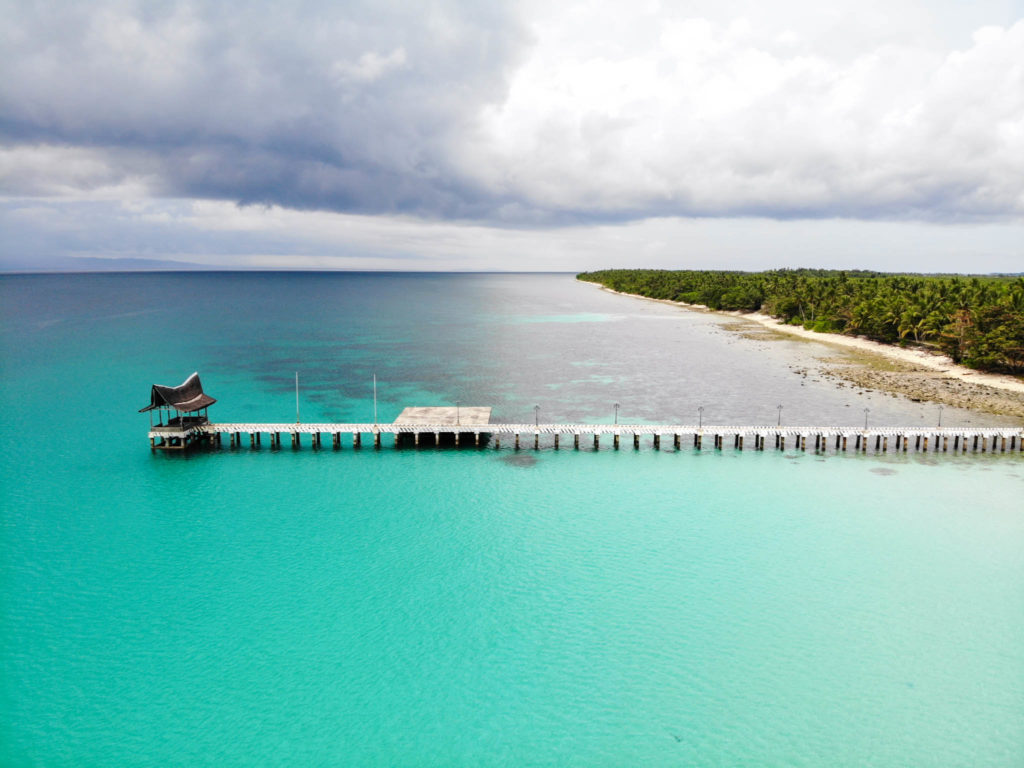
Where to stay in Basilan
Kasinnahan Hotel & Resort
Address: Barangay Binuangan, Isabela City, Basilan
Contact number: (+63)977-077-3758
Facebook page: @kasinnahan
Basilan Business Hotel
Address: Magno Street, Isabela City, Basilan
Contact number: (+63)906-921-9533
Email address: [email protected]
Facebook page: @basilanbusinesshotel
Sofia Hotel
Address: J.S. Alano Street, Port Area, Isabela City, Basilan
Contact number: (+63)936-706-3315
Where to eat in Basilan
The Farm Grill is an alfresco halal grill house which serves the best Inasal and Chicken Sisig in the whole island of Basilan. On our last night in Isabela de Basilan, our group dined here to sample their famous halal and Maranao dishes prepared by Kusinerong Maranao and the whole Farm Grill team. It was definitely the best way to end our trip in Basilan!
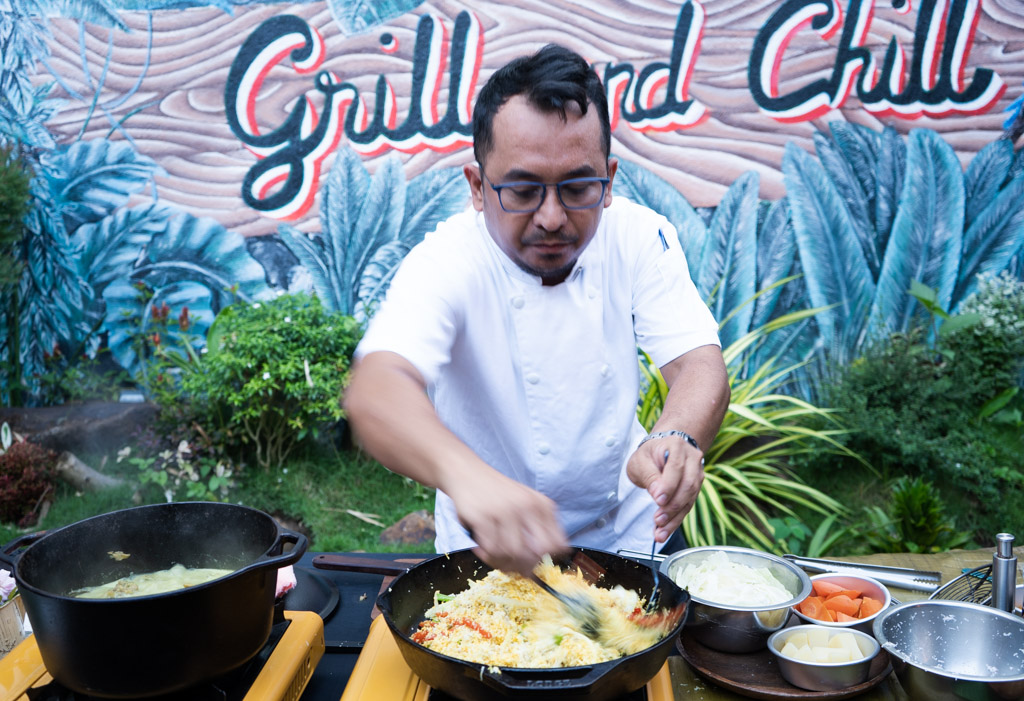
The Farm Grill
Address: 7209 Mallari Street, Sunrise Village, Isabela City, Basilan
Contact number: Globe (+63) 927-611-2332 and Smart (+63) 968-240-4204
Facebook page: @thefarmgrillisabela
That’s it, my dear readers! I hope you find the information you need in this Basilan Travel Guide. Explore Basilan and see why it’s not exactly like what the media has painted it to be.
Have you been Basilan? How was it? Share your experience in the comments section below!
